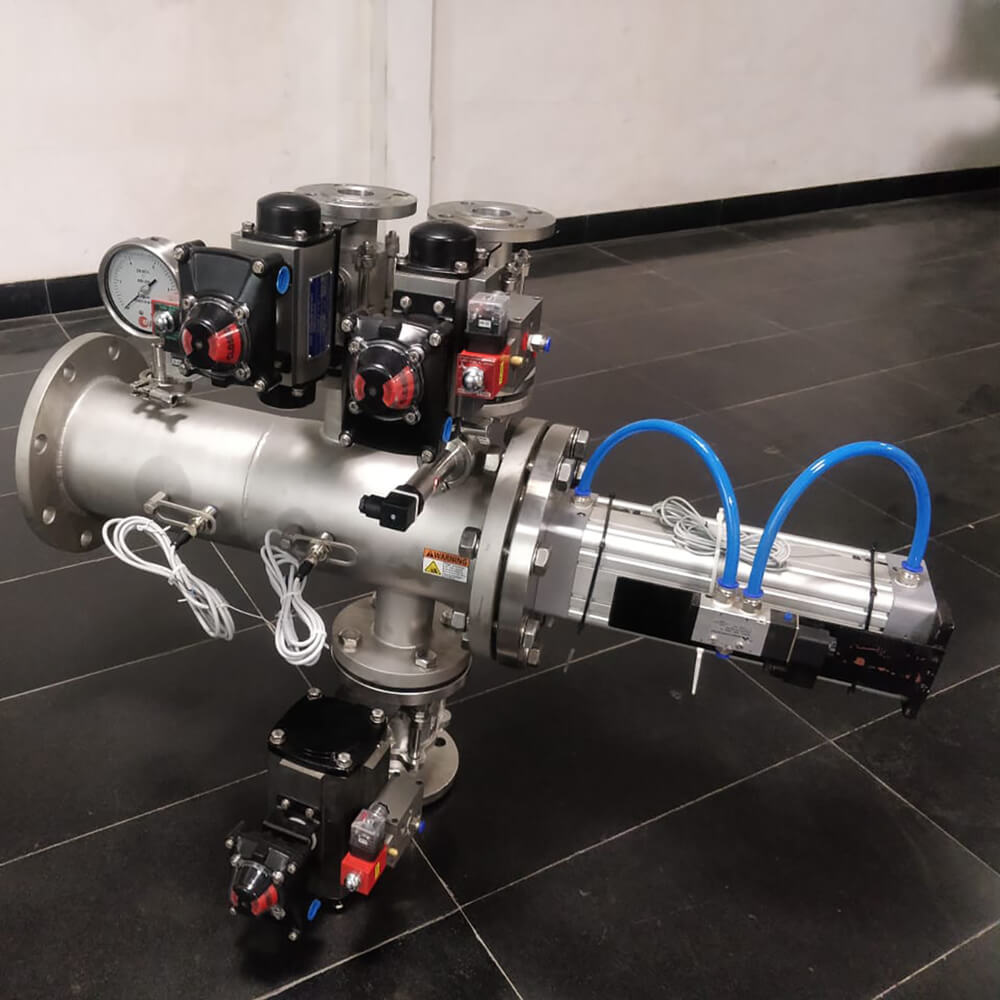In the highly competitive world of the paint industry, improving productivity is crucial for businesses to stay ahead. One effective way to enhance productivity in this sector is by implementing a pigging system. Innovative and efficient, a pigging system offers numerous benefits that can revolutionize the paint production process. In this blog, we will explore how utilizing a pigging system can optimize productivity and streamline operations in the paint industry.
Streamlining Batch Changeovers: Changing from one color or type of paint to another can be time-consuming and wasteful. With a pigging system, however, this process becomes faster and more efficient. A pig, which is a soft, cylindrical device, is used to push residual product out of the pipes when transitioning between batches. This eliminates the need for extensive flushing and cleaning processes, significantly reducing downtime and minimizing waste. By streamlining batch changeovers, paint manufacturers can increase productivity and reduce costs.
Minimizing Product Loss: In the paint industry, even a small amount of product loss can have a significant impact on profitability. Traditional production methods often result in leftover product remaining in pipes and transfer lines after production is complete. By implementing a pigging system, manufacturers can minimize product loss to almost zero. The pig effectively "sweeps" the product from the pipes, maximizing yield and reducing waste. This not only optimizes productivity but also improves resource utilization, leading to cost savings and improved environmental sustainability.
Improving Cleaning Efficiency: Maintaining a high level of cleanliness is crucial in the paint industry, as even minor cross-contamination can affect product quality. Cleaning pipes and transfer lines thoroughly and effectively is a time-consuming process that can hinder productivity. The pigging system simplifies and accelerates the cleaning process by efficiently removing residual paint from the equipment. By reducing cleaning time and effort, manufacturers can minimize downtime and maximize production output.
Enhancing Safety: Safety is paramount in any industry, including paint manufacturing. Conventional methods of cleaning and flushing can be hazardous, involving the use of chemicals and manual labor. Adopting a pigging system significantly reduces human contact with potentially harmful substances, promoting a safer working environment for employees. Moreover, the advanced technology of pigging systems ensures a more controlled production process, reducing the risk of accidents or incidents caused by human error.
Conclusion: Implementing a pigging system for the paint industry can drive substantial improvements in productivity, cost savings, and overall efficiency. By streamlining batch changeovers, minimizing product loss, improving cleaning efficiency, and enhancing safety measures, paint manufacturers can optimize their operations. The benefits of a pigging system extend far beyond productivity enhancement, positively impacting the bottom line and supporting sustainable practices. Embracing this innovative technology is a winning strategy for paint industry businesses looking to stay competitive in today's rapidly evolving market.



